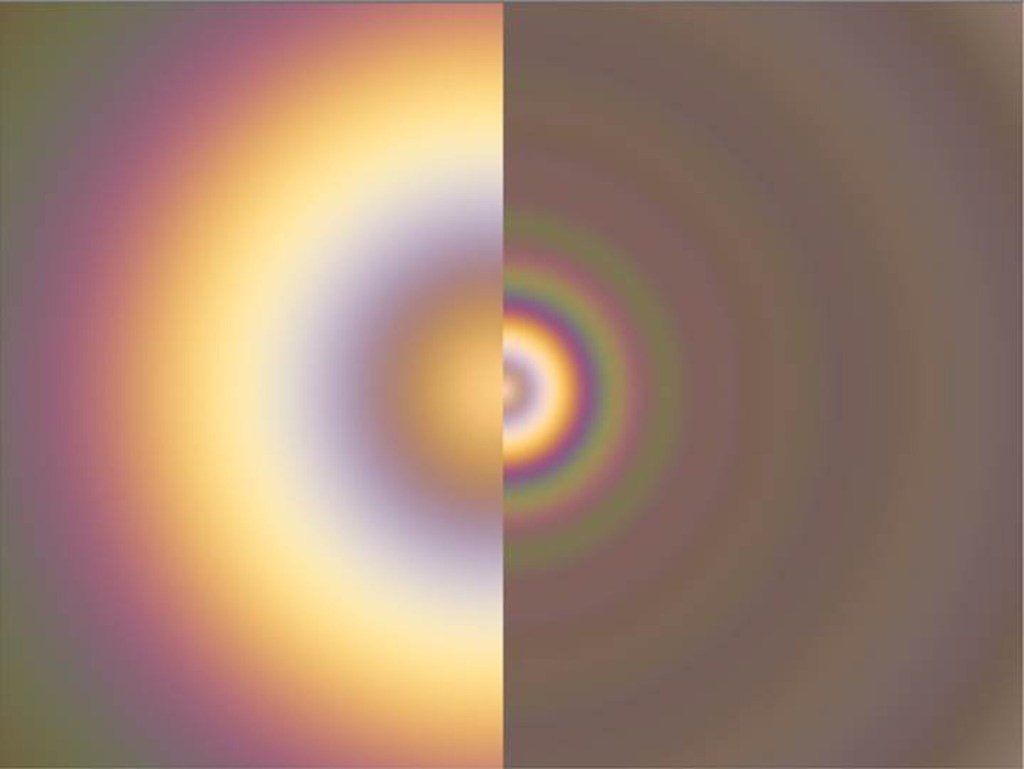Astronomers have observed indications of the rainbow-like ‘glory’ effect on a planet beyond our solar system for the first time.
Seen on a planet 637 light-years away, this discovery could provide new insights into the potential habitability of distant planets.
‘Glory’ lights are circular bands of light that only appear under specific conditions – specifically, when light is reflected off clouds made of a uniform, though currently unidentified, substance.
The phenomenon, commonly spotted on Earth and mistaken for a rainbow, occurs when light passes through a narrow opening, such as between water droplets in clouds, causing it to diffract and create ring-like patterns.
This effect has only been identified once before on another planet – Venus – which means that, if verified, this is the first ‘glory’ discovered beyond our solar system.
Scientists from the University of Warwick believe the ‘glory’ occurred on a planet known as WASP-76b, located some 637 light-years away from Earth.
First found in 2013, WASP-76b, which is almost twice the size of Jupiter, is recognized for its extreme atmosphere.
One side always faces the Sun, experiencing unbearably high temperatures of 2,400C, while the other side is in a perpetual night where clouds release molten iron rain.
However, data from the European Space Agency’s Characterising Exoplanet Satellite (CHEOPS) indicates the possible presence of a ‘glory’ between these two sides.
Co-author Dr Thomas Wilson from the University of Warwick remarked: ‘Never before have we observed these vibrant, concentric rings on an extrasolar body.
‘If future research confirms this, the discovery of this exoplanetary glory on WASP-76b would make it a truly unique celestial body – and offer a valuable tool for understanding the atmospheres of distant exoplanets and their potential habitability.’
The groundbreaking finding about WASP-76b came after researchers recorded 23 observations over three years as it transited across and around its Sun-like star.
The data collected revealed a surprising increase in the amount of light coming from the planet’s eastern ‘terminator’ – the boundary between night and day.
This enabled astronomers to determine where the signal originated.
Lead author Olivier Demangeon, from the Institute of Astrophysics and Space Sciences, Portugal, commented: ‘This is the first instance of such a sudden change in brightness observed on an exoplanet.
‘This discovery leads us to propose that this unexpected glow could be the result of a strong, localised, and directionally dependent reflection – the glory effect.’
He stated that the next steps would involve using Nasa’s James Webb Space Telescope (JWST) to formally confirm the presence of the ‘glory’ effect.
‘Confirmation would suggest that the temperature of WASP-76b’s atmosphere must be consistent over time, allowing for the existence of clouds consisting of perfectly round water droplets, which are essential for glory formation,’ Dr Demangeon said.












